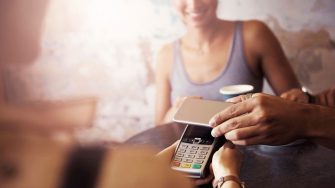Digital wallet use is rising, but are smartphone payments safer?
Plastic may still be fantastic for the majority of Australians, but that might not be the case for long as people increasingly reach for their smartphones over their physical credit and debit cards when it comes to paying at the register.
